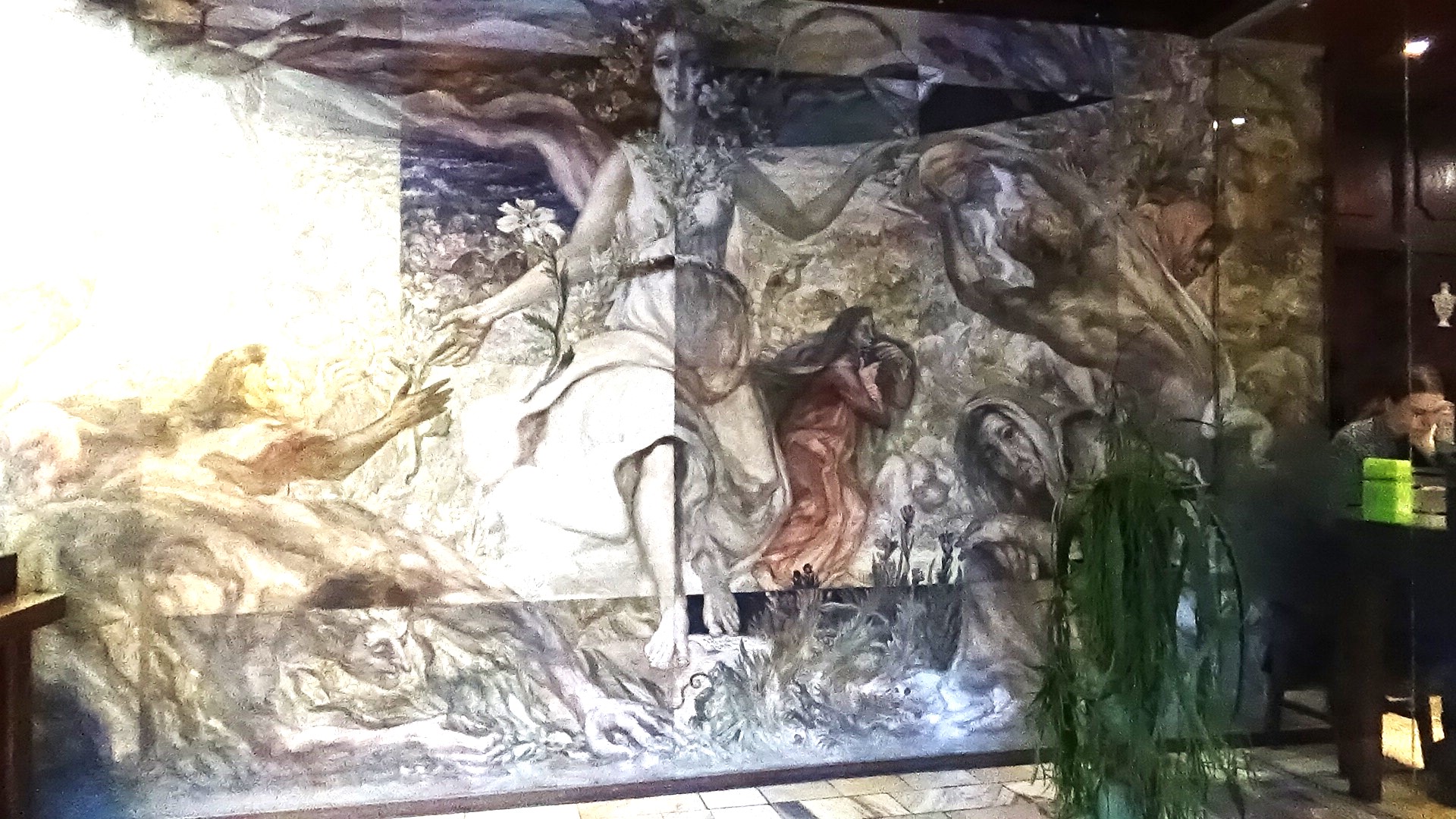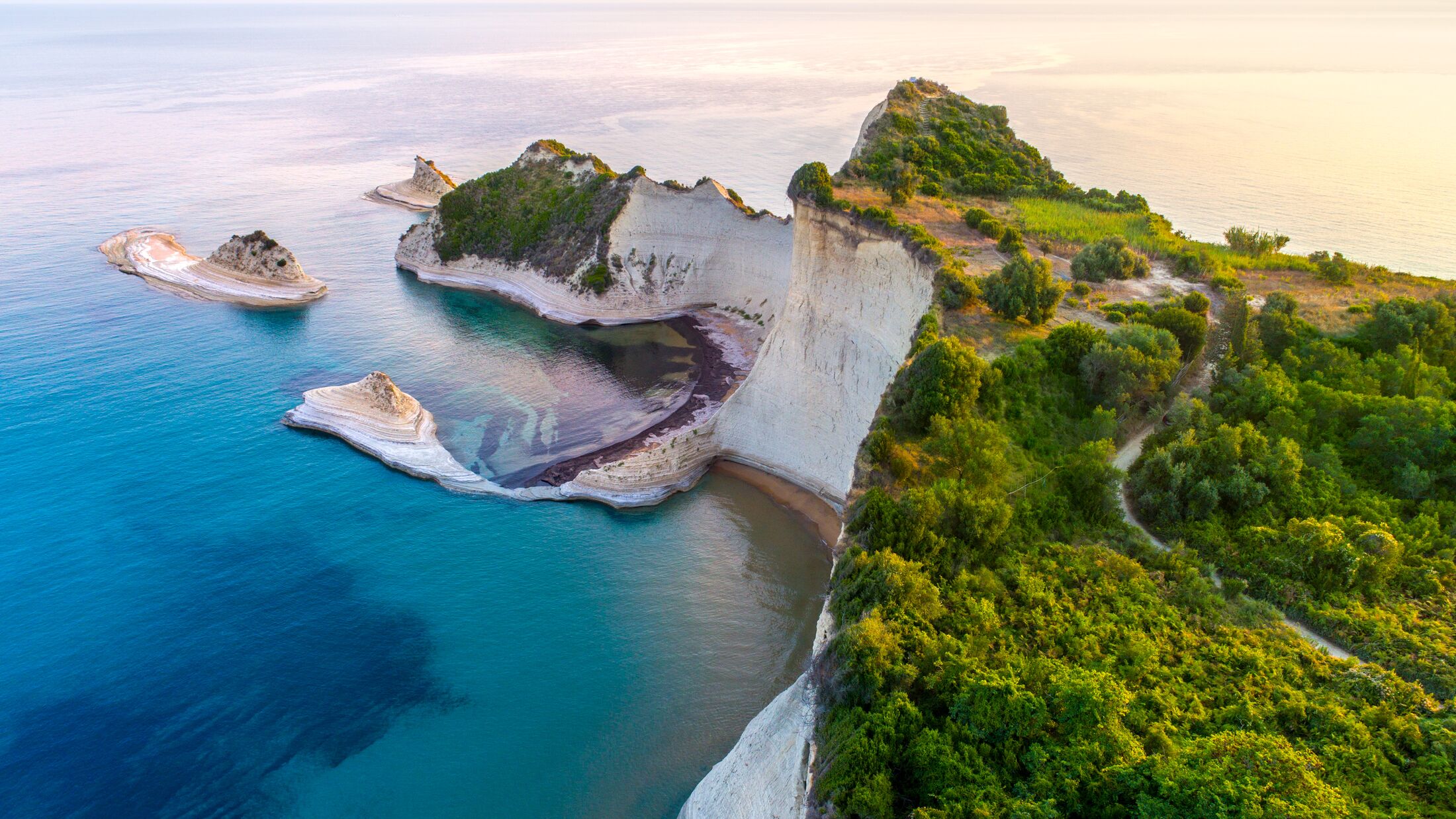Centennial Fishermen’s Heritage Lessons

Life without dramas
As more and more visitors to museums are catching up with large shimmering screens today, virtual and supplemented reality, Deputy Director of the Lithuanian Maritime Museum (LJM) and chief curator of the museum’s collections, Romualdas Adomavičius, says that it is enough to just stop in the Kopgalis at the Fisherman’s homestead. To compare their daily routine with the 19th century. People who lived in the rhythm of nature and living with the environment without tension, dramas, great urgency.
« It was not easy to survive on the Curonian Spit. Imagine that people had to change their place of residence, because the villages were just sandy. But nobody called them cataclysm, but simply adapted. Wooden sailors were enough for the whole generation.
On the other hand, according to the interlocutor, today boat swimming is considered an adventure, entertainment, romance.
And a hundred years ago, the transportation of Kurenai was a daily routine and part of the usual work, from fishing to traveling to the other shore of the lagoon to bring hay.
Replica: Old heritage promoters managed to build exactly the same kurėna as a century ago a full Curonian Lagoon was. / R. Stropus Photo
It is worth considering consumption
According to the museum, it was much more important for people at the time to live with nature harmoniously and this trip began with efforts to get to know and understand the environment better.
Eventually, fishermen just felt intuitively impending the transformations of nature and future phenomena – from cloud shapes, bird behavior or other signs, they predicted what wind to wait for, whether they would recover fish or, on the contrary, because of a storm.
The key was to lean on the family, the community, have a shelter and a solid ship to ensure movement and the ability to catch fish.
« As a result, man’s attitude towards nature was respectful, without any hidden desire to control it or connect it for his own purposes. Today, it is a value of consumer culture, » says R. Adomavičius.
The museum artist believes that the fisherman’s homestead helps the modern man help to distance himself from the noise and allows them to look at the environment with other eyes.
It is a different approach to consumption and nature that promotes this year in Klaipeda in the Dane Square June 21st. Festival « Self -Waves. Laboratory of Sustainable Future Creators » is organized.
The initiative of the Lithuanian Maritime Museum and Ignite Renewables, organized by a free festival, creates an open space for active people and combines communities that are concerned with our planet and its future.
According to R. Adomavičius, the festival, like a visit to the fisherman’s homestead, gives an impulse to develop ecological awareness of society and encourages the creation of a sustainable future together: less consumption, reuse or recycled, and use green energy.
Everyday life: Fishermen’s family in a veenting boat on the coast of the Pakalnė River in the 20th century. in the 1940s. / Photo of LJM Kit
Sustainability – also heritage
Deputy Director of the Lithuanian Maritime Museum said that in the second 19th century. In half of the fishing, requirements were applied to determine a certain size of the network to protect small, non -growing fish.
Fishing was also restricted during spawning. Until the Second World War, the Curonian Lagoon was in force in an inherited order that local fishermen’s sails must be driven by wind, not internal combustion engines.
According to R. Adomavičius, it is a bit paradoxical that today we are rescued from the use of fossil fuel and pollution by the wind and the ability to generate electricity.
« It is as if nature itself whispers to the most important questions for us. All you have to do is stop and listen to the true values, as if choosing amber from the sea Moorish and stones, » he said.
As a result, the festival, organized by the Maritime Museum, invites you to turn to the Baltic Sea, to be inspired by the sea to change and act, to raise questions about how to coordinate the preservation of the Baltic Sea ecosystem and the use of the opportunities it provides to Lithuania.









